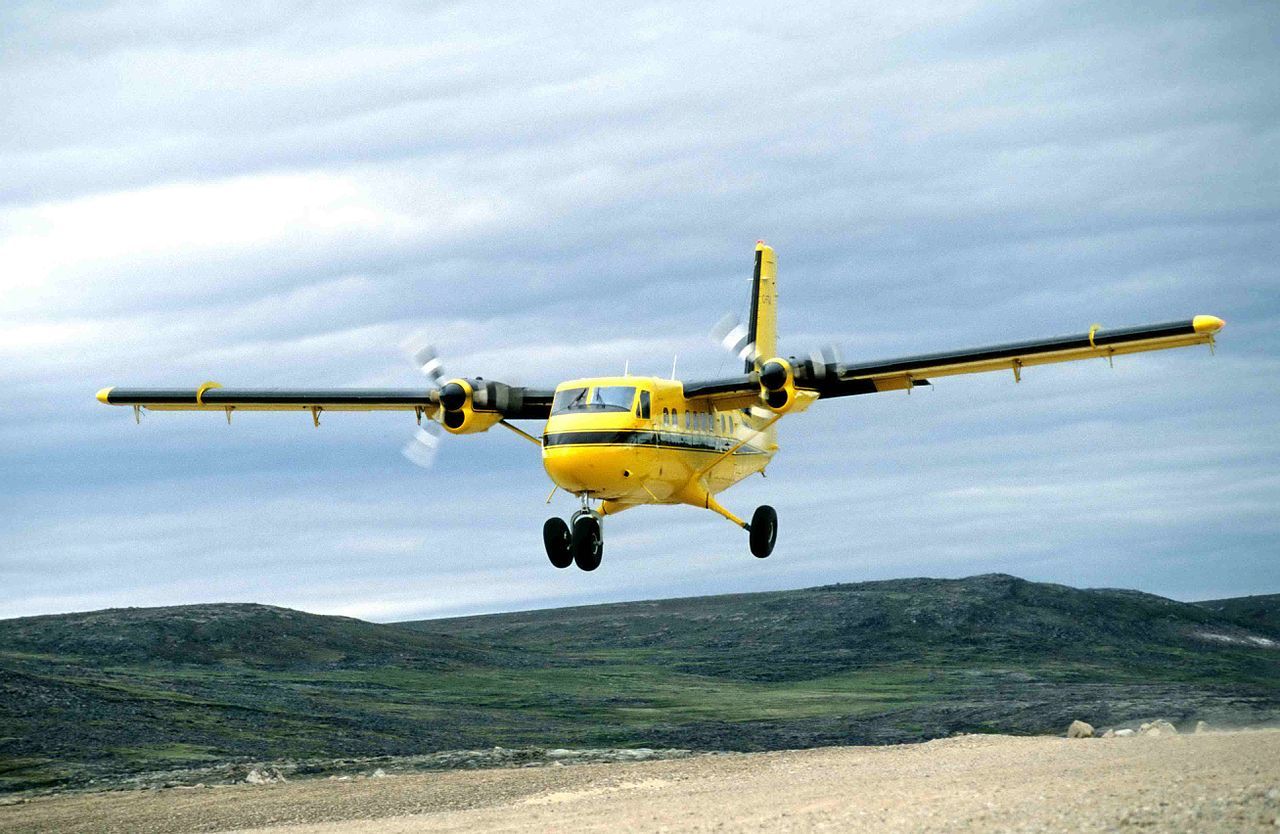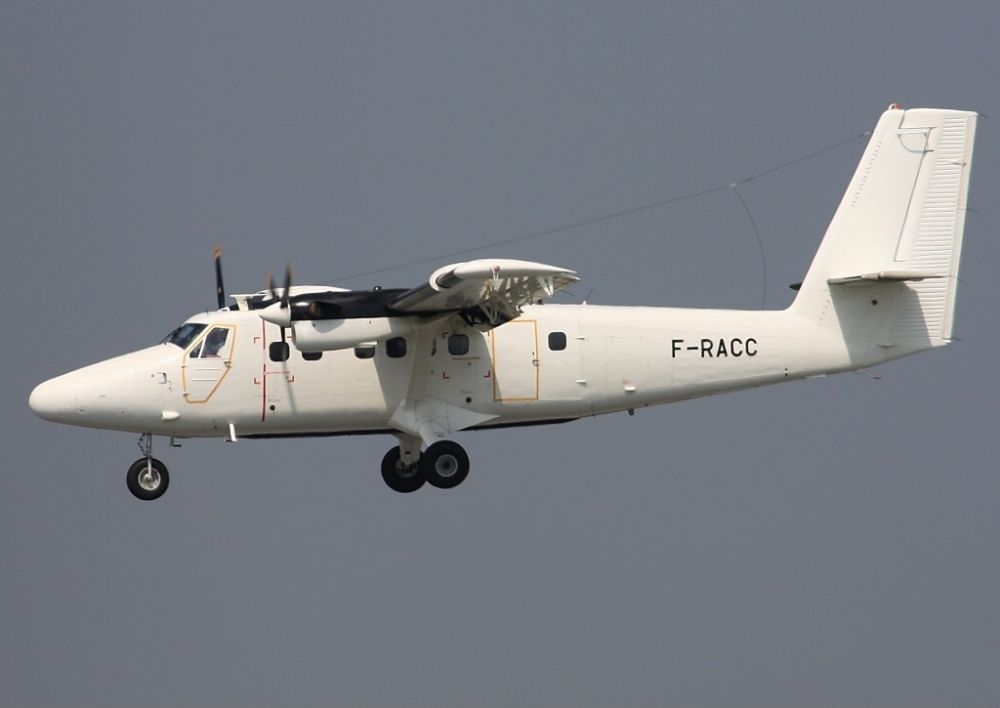On November 1st, 2021, an Air Tindi Twin Otter ran out of fuel less than seven nautical miles (13 kilometers) from its diversion runway. Apart from mild hypothermia, none of the five onboard were injured, but the aircraft sustained substantial damage from landing on muskeg (grassy peat-like bog).
The aircraft involved was a De Havilland DHC-6-300 Twin Otter, registration C-GNPS and MSN 558, manufactured in 1977. The Twin Otter, still a favorite with Canadian operators, had flown close to fifty thousand hours at the time of the accident, but no faults were found in any of the fuel systems. In fact, a low-fuel-level caution light was illuminated for 13 minutes before the crew realized they did not have enough fuel for the intended destination. So why did it run out of fuel?
Here's what happened
On the day of the incident, the Air Tindi (AT) aircraft had flown three return flights in Canada's Northwest Territories before its final flight of the day from Yellowknife Airport (CYZF) to Fort Simpson Airport (CYFS). The same two-man-flight crew of a captain and first officer operated all the flights, which were a mix of passengers and freight. The usual practice was for the crew to call the flight coordinator on the last inbound leg and advise of their fuel needs for the final sector to Fort Simpson.
In their report, released last week, the Transportation Safety Board of Canada (TSB) said it could not confirm whether the crew had requested fuel from the flight coordinator but did say that the coordinator did not place an order with the fuel company. After arriving in Yellowknife, the crew deplaned and spent around 13 minutes off the aircraft before the first officer returned for his pre-flight checks. The captain followed one minute later and entered the cockpit through the front left door. For the sake of complete accuracy, here is how the TSB accident report described what happened next:
"While getting into his seat, the captain observed a fuel receipt in the door map pocket and assumed it was for the fuel he thought he had ordered for the flight to CYFS [Port Simpson]. He did not read the fuel receipt, which was from a flight three days prior."
In reality, no fuel was added to the Twin Otter, which TSB estimated had landed at Yellowknife with about 533 pounds of fuel remaining. The operational flight plan for TIN223 to CYFS indicated that 2500 pounds of fuel should have been loaded. Thereafter followed a series of briefing and checklist missteps that, if followed correctly, would have directed the crew on three separate occasions to observe the onboard fuel quantity. They were not, and the aircraft departed with not enough fuel to reach its destination.
Get the latest aviation news straight to your inbox: Sign up for our newsletters today.
The Twin Otter got them down safely
The crew realized this about 40 minutes into the flight and diverted to Fort Providence Aerodrome (CYJP). On the suggestion of AT's chief pilot, the captain shut down the left engine to preserve fuel. Twenty minutes later, the aircraft was descending through 3,300 feet and 11 nautical miles from the airport when the right engine surged. The captain turned the engine off, feathered the propellor, and, with the Twin Otter in a glide, looked for a suitable place to land. The aircraft touched down on the muskeg and stopped in an upright position. An emergency locator transmitter caught the attention of emergency services, who arrived around four hours after the forced landing.
While not all of these points are transgressions to the standard operating procedures (SOPs), TSB found they contributed to the accident.
- The captain's incorrect assumption regarding the pink fuel slip he saw in the cockpit.
- The captain conducting the Before Start check from memory and being interrupted by conversing with a passenger, subsequently missing the fuel check.
- The lack of "challenge and response" checklist practices where SOPs required them.
- While taxiing, the captain conducted the Taxi check alone, silently and from memory, missing the fuel check.
- The first officer did the Cruise check silently and without reference to a checklist, resulting in the fuel state not being identified by either pilot.
- As a result of fuel starvation, the crew conducted a forced landing, which significantly damaged the aircraft.
As a result of the investigation, Air Tindi has implemented a range of safety procedures. Key among those was requiring the captain to verify the fuel uplift before engine start and that crews must communicate the fuel onboard to the Operations Control Center before each departure.



